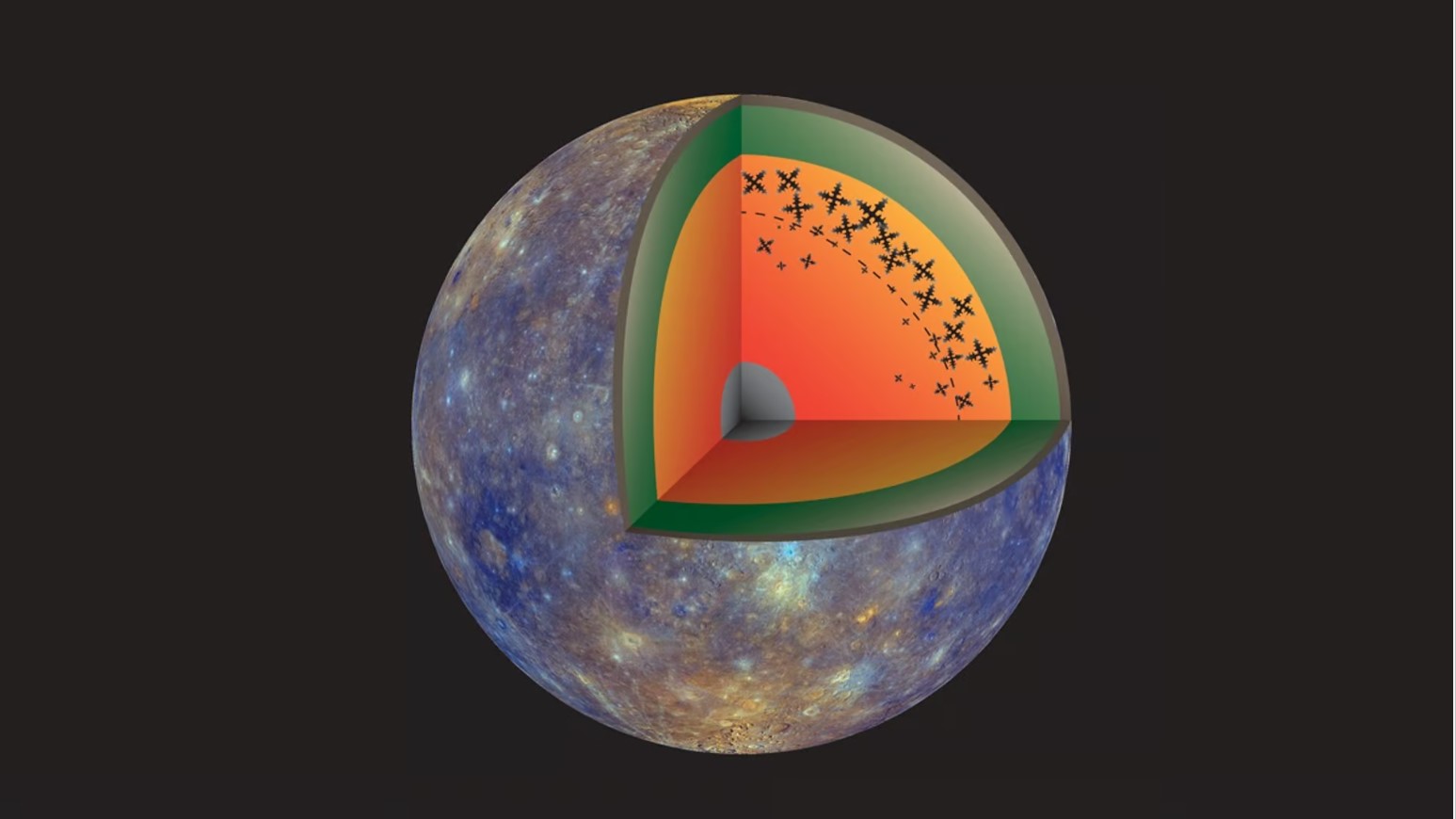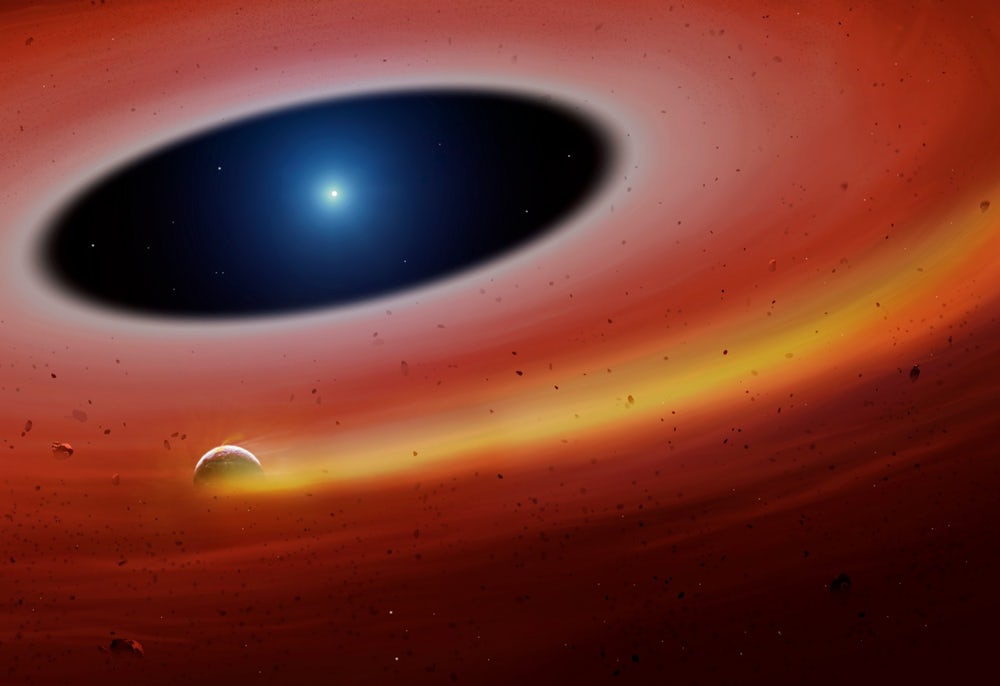Jupiter’s largest moon, Ganymede, features a surprisingly strong magnetic field for its size. Tidal effects from Jupiter continually stretch and squeeze the moon, keeping its core warm and driving the magnetic field. But the exact geological processes occurring within the core are not fully understood. Now, a new experimental study has put one of the leading models of core dynamics to the test: the formation of crystalized ‘iron snow’.
Continue reading “Iron Snow Could Explain the Magnetic Fields at Worlds Like Ganymede”Iron Snow Could Explain the Magnetic Fields at Worlds Like Ganymede


